
In the retail sector, barcode scanners facilitate operational efficiency and enhance customer experiences. They allow customers to scan items for information such as nutritional values and promotions, while also aiding store associates in inventory management.
The logistics of post, parcel, and express delivery services are streamlined through the use of barcode scanners, improving delivery success rates and reducing costs associated with last-mile delivery. Couriers utilize these tools for a variety of tasks, including package identification and delivery verification.
Air travel benefits from barcode scanners by accelerating airport operations and reducing operational expenses. These devices are used for boarding processes and luggage tracking, and they also enable passengers to self-scan documents like passports during online check-in.
In healthcare, barcode scanners contribute to patient safety and staff efficiency. They are instrumental in patient admissions, mobile access to patient records, and tracking of medical supplies, ensuring accuracy and compliance.
Field service operations gain visibility and efficiency with barcode scanners. They support service personnel in quickly accessing real-time information on inventory and installations, thereby shortening service calls.
Manufacturing processes are optimized with the integration of barcode scanners for tasks such as receiving goods, inventory management, and asset tracking, ensuring materials are correctly allocated and shipments are accurate.



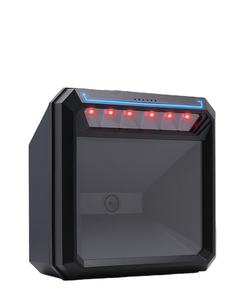
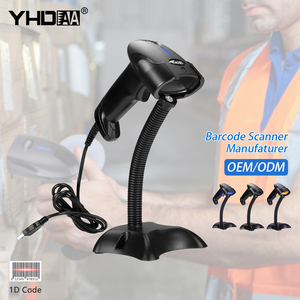
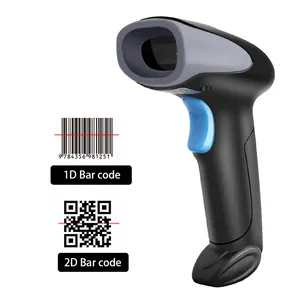


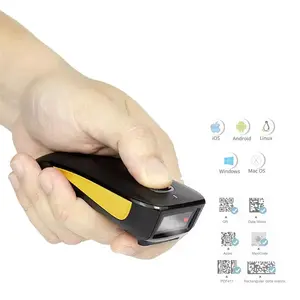

















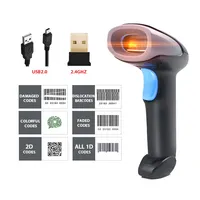









 浙公网安备 33010002000092号
浙公网安备 33010002000092号 浙B2-20120091-4
浙B2-20120091-4